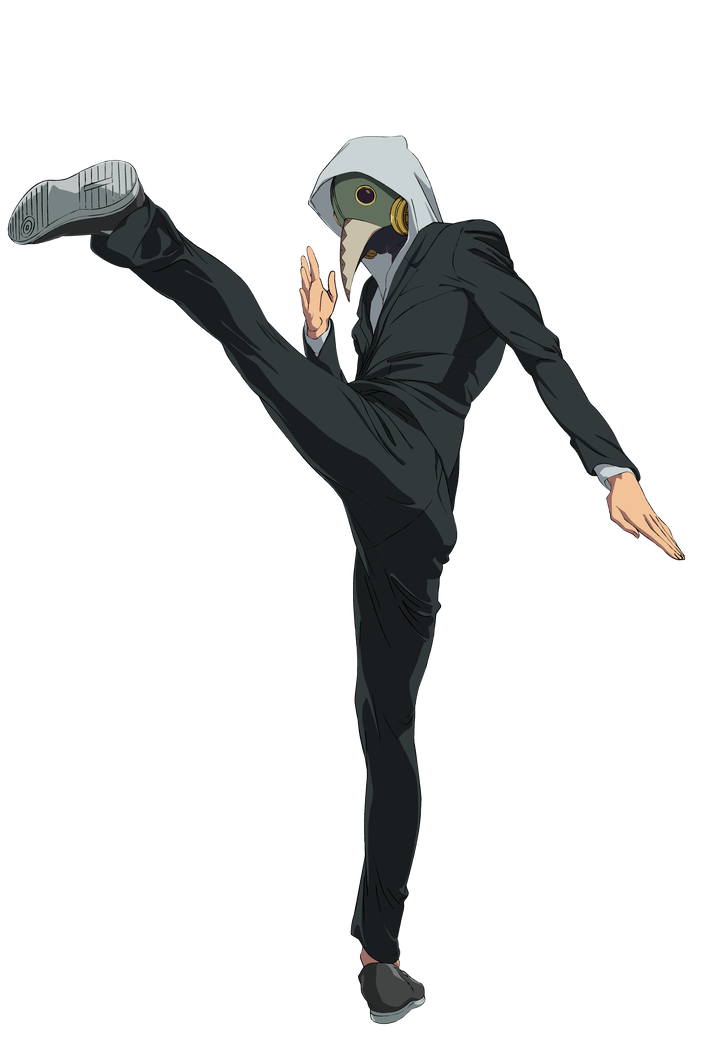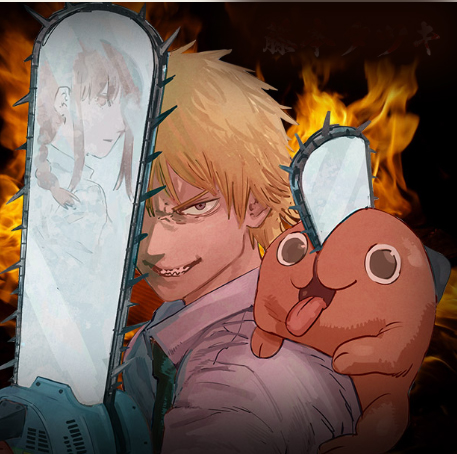# How Chainsaw Man Masterfully Employs Body Horror in Manga
##
The Genesis of Unsettling Imagery
Chainsaw Man, created by Tatsuki Fujimoto, fearlessly ventures into the realm of horror, crafting a narrative that is as thought-provoking as it is terrifying. Right from the opening pages, readers are thrust into a world where body horror transforms into a powerful exploration of humanity and identity. This manga doesn’t merely rely on shocking visuals; it uses grotesque imagery to delve deep into the emotional and psychological struggles that define our existence. The result is a complex, enriching experience that invites readers to confront their deepest fears.
What makes the body horror in Chainsaw Man particularly gripping is its reflection of profound human anxieties. When characters undergo horrific transformations, we witness their internal conflicts brought to life in the most visceral manner. Denji, the protagonist, morphing into a chainsaw devil, serves as a metaphor for his dire circumstances and the suffocating nature of societal expectations. His chainsaw limbs symbolize a desperate escape from his mundane life, while simultaneously representing the horrifying loss of his true self. This duality of horror and hope is a captivating element that keeps readers invested in Denji’s journey.
Fujimoto’s dynamic art style further enhances this unsettling imagery, enveloping readers in an energetic and chaotic world. The rawness of the illustrations elevates the grotesque nature of body horror, creating an exhilarating sense of urgency. With every flipped page, Chainsaw Man urges its audience to face their fears head-on, turning what could easily be a straightforward horror story into a cathartic adventure filled with emotional depth and resonance. The journey through this unsettling landscape becomes a celebration of both fear and fascination.
##
Character Evolution Through Gruesome Transformations
The fascinating interplay of body horror and character growth in Chainsaw Man is nothing short of mesmerizing. Denji’s transformations are not mere shock tactics; they chronicle his evolution from a desperate youth to a multifaceted individual grappling with complex themes of desire and purpose. Each grueling metamorphosis encapsulates the sacrifices he makes and the humanity he strives to retain, showcasing the intricate dance between horror and growth in a beautifully chaotic manner.
Take Power, for instance. Her grotesque form mirrors her wild spirit, encapsulating the struggle for acceptance and belonging. As she navigates her relationships, particularly with Denji, her body becomes a canvas for her growth and fears. The horror of her existence serves to highlight essential themes of connection and loyalty. Each horrifying image transforms into a poignant narrative device, enriching Power’s character arc and amplifying the emotional stakes. Through these transformations, the manga eloquently illustrates that even in our darkest moments, there lies the potential for growth and understanding.
The relationships between characters further underscore the human experience amidst monstrosity. The body horror elements challenge characters to confront their primal instincts while fostering moments of genuine connection and tenderness. As they face extreme situations, the horror acts as a crucible for character development, igniting emotional depth that resonates with readers. Ultimately, Chainsaw Man offers a powerful reminder that through struggle, transformation, and bonds forged in adversity, we can emerge stronger and more resilient than before.
##
The Social Commentary Embedded in Horror
Chainsaw Man cleverly leverages body horror to shine a spotlight on pressing societal issues. The manga boldly critiques themes of consumerism and the brutal realities of modern life, using Denji’s transformation as a metaphor for how society often strips individuals of their humanity in the relentless pursuit of success. The horror does not stem solely from grotesque visuals; it emerges from the uncomfortable truths it reveals about our lives, making it a compelling commentary on the human condition.
In this world, where individuals are commodified, the body horror acts as a striking metaphor for dehumanization. Characters face literal and figurative dismemberment due to societal pressures, turning their bodies into battlefields for monstrous expectations. Through its visceral imagery, Fujimoto challenges readers to confront the dire consequences of living under oppressive systems while infusing the narrative with dark humor that encourages reflection rather than despair. It’s a brilliant blend that compels us to think critically while still enjoying the chaotic ride.
Moreover, the portrayal of trauma and recovery adds further depth to this social commentary. The characters’ experiences embody various responses to trauma, with body horror symbolizing their internal conflicts. These grotesque transformations serve as a reminder that healing is rarely a straightforward path; it’s messy and steeped in complexity. Chainsaw Man invites us to look beyond the horror, recognizing the universal struggle for resilience and connection that unites us all, reminding us that we are never truly alone in our battles.
##
The Power of Humor Amid Horror
Amidst its heavy themes, Chainsaw Man masterfully injects humor, skillfully balancing the grim realities of body horror with moments of levity. Fujimoto’s ability to intertwine grotesque imagery with comedic relief creates a unique reading experience that keeps us both engaged and entertained. This juxtaposition not only alleviates tension but also amplifies the impact of the horror, making the shocking moments even more profound and memorable.
The humor emerges organically from the absurdity of the situations and the characters’ reactions. Denji’s carefree attitude in the face of chaos creates a delightful contrast, emphasizing the surreal nature of his world. This comedic tension allows readers to navigate darker themes without feeling overwhelmed, illustrating that even in moments of fear, laughter can serve as a powerful coping mechanism. It beautifully encapsulates the notion that humor can coexist alongside fear, enriching the tapestry of the human experience.
Moreover, the humor serves to humanize the characters, fostering connections with the audience. It breaks down barriers that the horror elements might erect, allowing readers to relate to the characters on a personal level. Laughing alongside them reminds us of our shared humanity, even in a world fraught with monstrosities. This delicate balance between horror and humor is what makes Chainsaw Man an unforgettable and compelling tale, celebrating the intricacies of life, love, and the indomitable spirit of resilience.
—
In conclusion, whether you’re navigating through chaos or finding humor in the bizarre, remember that embracing the complexities of life can lead to growth, connection, and joy. Stay curious, keep exploring, and never forget that even amidst trials, there is always a spark of light waiting to be discovered! 🌟

